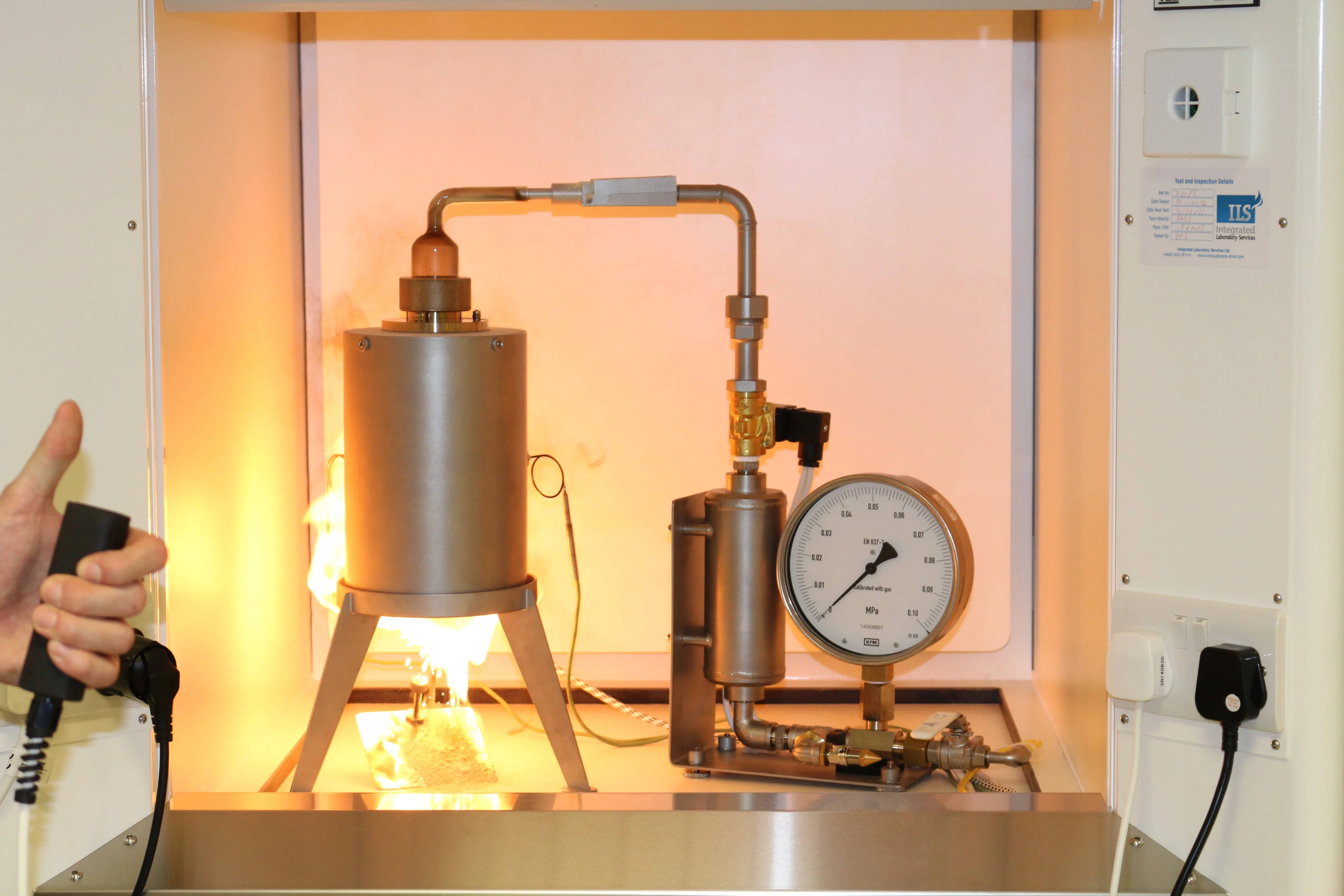Minimum Ignition Temperature (MIT) Testing
 CONTACT US
CONTACT USOur UK laboratory generates Minimum Ignition Temperature (MIT) test data for your combustible, flammable & explosive dust. This test determines the lowest temperature at which a hot surface area will ignite combustible dust or powders when dispersed in air.

The Sigma-HSE Advantage
Request a Free MIT Quote
Frequently asked questions
What are your Standards & Schedule of Accreditation
BS EN ISO IEC 80079-20-2” to the standards before BS EN 50281-2-1 / ASTM E1491
What is the Minimum Ignition Temperature test?
The Minimum Ignition Temperature (MIT) test is conducted to determine the lowest temperature at which a hot surface area will ignite combustible dust or powders when dispersed in air.
How does the Minimum Ignition Temperature test work?
Working through a range of combustible dust concentrations, powders are dispersed as a dust cloud through a heated vertical ‘Godbert-Greenwald’ furnace, using compressed air.
Once an ignition temperature is observed, the furnace temperature is reduced. If ignition occurs, dispersion pressure and combustible dust/powder concentrations are varied until repeated non-ignitions determine a ‘Minimum Ignition Temperature’. The MIT value is the minimum temperature required for ignition without a flame or spark and can be thought of as a ‘spontaneous ignition temperature’.
What data can I get from the Minimum Ignition Temperature test?
The MIT test is one of three core combustible dusts test methods used to access combustible dust ignition sensitivity. Minimum ignition temperature test data is required for defining the maximum operating temperature for electrical and non-electrical equipment used in areas where test material is present.
This data is combined with the Layer Ignition temperature (LIT), which simulates a hot surface in contact with a dust layer, to determine the maximum permitted surface temperature of machinery. The MIT & and LIT may differ due to the material characteristics of a dust but will provide a realistic ignition temperature for differing scenarios.
What are benefits of the Minimum Ignition Temperature test?
Avoidance of ignition sources as the ‘basis of safety’, is often used for manufacturing processes such as charging vessels from sacks, IBCs or FIBCs, pneumatic conveying, milling, and tabletting chemical manufacturing operations. Materials that can create a flammable atmosphere are found to be insensitive to ignition.
It is therefore easy, practical, and cost-effective to ensure that a source of ignition capable of initiating a dust explosion is not present.
